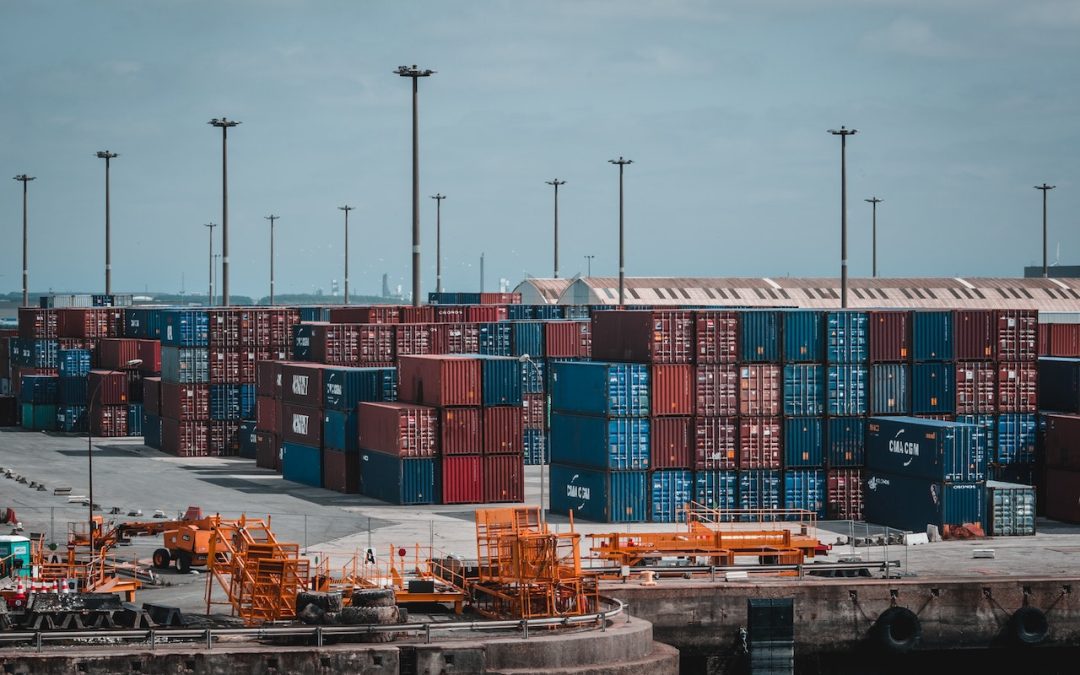Whether you’re sending or receiving cargo, knowing how long it should take is essential.
Having a sound gauge on timescales is crucial to managing a happy supply chain, but what’s the best way to get your goods where they need to be on time?
This blog will help you understand freight times and what affects them.
Not All Freight Is The Same
This probably won’t come as a surprise, but we’ll say it anyway. The globe is huge. And that means that where you are shipping to and from significantly affects your expected timescales.
It’s not just distance that influences the time it takes for your goods to get from A to B, either. The mode of travel you choose for your freight can make a huge difference to the journey time.
For today, we’re focusing on single-mode transportation, but bear in mind that some journeys will require more than one mode to get your goods where they need to be.
Shipping For Yesterday
We’ve all been there. When you’ve got cargo that was needed at its destination a couple of days ago, you need to look at expedited options.
Expedited shipping is the fastest way to move your goods; it means your consignment can get to its destination far quicker than if you used regular delivery options. But, this method comes with a caveat. It’s expensive.
Depending on the distance your cargo needs to travel, expedited shipping can be as quick as the same day, the next day or within 48 hours within the UK and EU, and times are also reduced for the rest of the world.
Expedited shipping usually involves air freight if the goods are travelling overseas, and consignments are given priority handling during transit. Think of it as shipping-standard VIP treatment… Expedited goods jump to the top of the queue for sorting, loading and unloading to make sure they can reach the consignee as quickly as possible.
Sea Freight
Sea freight is typically the slowest mode of transport, with goods taking up to 45 days to get to their destination port. Most shipments will then need to be loaded onto a truck to reach their final destination.
Though not known for its speed, sea freight is typically the most cost-effective way of shipping cargo.
Several factors affect the speed of shipments travelling over the ocean.
Type Of Shipment
Container shipping costs vary. But, in basic terms, you’ll either pay for a full container load (FCL) or a less-than-container load (LCL).
When you choose LCL, your cargo and other shipments are aggregated into a single load. This can increase freight transit times because the container must be carefully unloaded and separated at the port so that the goods go their separate ways.
Distance
How far something has to travel is an obvious factor. Goods travelling from China or India to the UK will take longer than those coming from the EU. Here are some approximate times for goods travelling to/from the UK:
USA to the UK – 30 to 40 days
China to the UK – 40 to 55 days
UK to Australia – 50 to 60 days
India to the UK – 21 – 42 days
Obstacles
Sea freight, especially over long distances, is at risk of being delayed.
Adverse weather conditions are one factor that can wreak havoc on a supply chain. And port congestion, where ships must wait to dock and unload at ports that are already full, is another instance that’ll leave you waiting to get your goods. Vessels can take up to 3 days to fully unload as it is, given the sheer quantity of containers they hold!
Road Freight
Road freight is commonly used to transport goods to and from Europe and within the UK.
Factors to consider that impact road fright timescales are…
Distance
Road freight is suitable for distances of up to a few thousand kilometres, although there is no hard and fast rule. Longer journeys are likely to require multiple methods of transport; this is what we call intermodal transit.
Typical timeframes for road freight to, from and around the UK are:
Within the UK – same day to 2 days
UK to Germany – 1 to 5 days
UK to Poland – 1 to 4 days
Obstacles
If you drive, you’ll know the problems you can encounter when you’re trying to get somewhere on time.
Road closures, diversions, groundworks and other traffic problems can be a nightmare to navigate without extending journey times. Road traffic accidents – especially on motorways where they create huge, slow-moving jams – can also hike up waiting times
Air Freight
Air freight is both the most expensive and fastest way to ship goods. Though very secure, too, it’s not so suitable for large and heavy consignments.
Distance isn’t so much of an issue with air freight. Cargo can be flown anywhere in the world – even to private islands!
If you’re considering timescales for air freight, here are a few approximations which can include connecting flights and times from date of actual cargo pick up at loading site.
USA to the UK – 8 to 10 days
China to the UK – 4 to 8 days
UK to Australia – 2 to 8 days
India to the UK – 2 to 5 days
Obstacles
Like sea freight, adverse weather can significantly delay take-offs as well as landings.
Other problems that might prevent shipments from getting to their destination on time include mechanical issues, security issues and staff shortages.
How Will You Send Your Freight?
Knowing how long each mode of transport takes, and what might get in the way of a timely delivery, can help you understand what works best for your cargo.
Still unsure about how to get your goods from A to B in a suitable timeframe? It’s what we do best! Get in touch with Millennium today to discuss how we can help.

